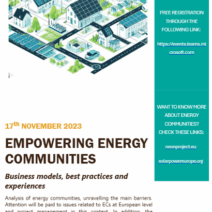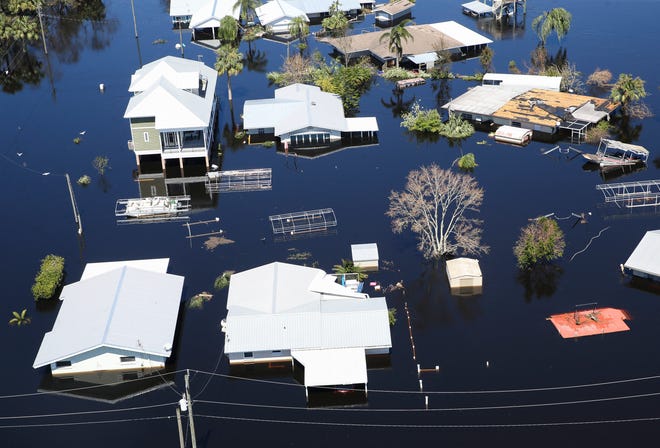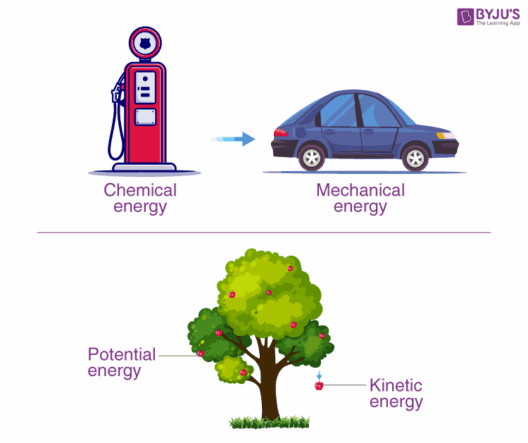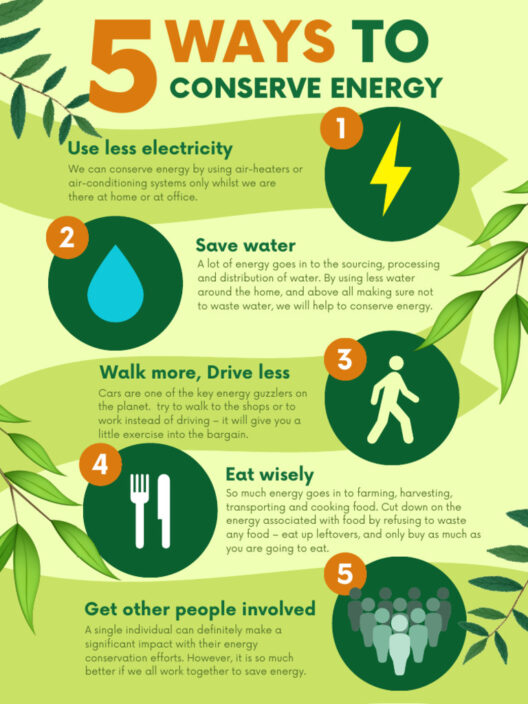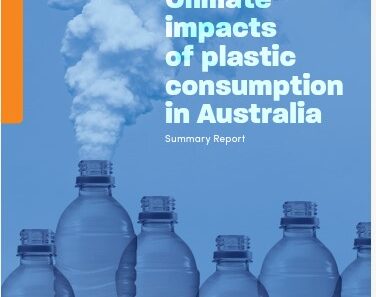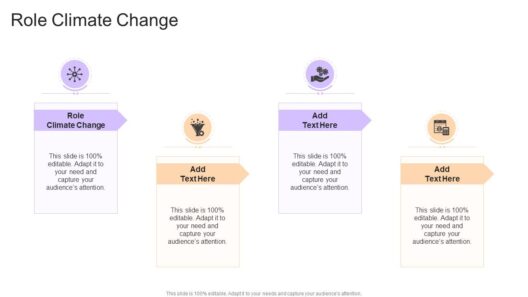Hurricanes have long been a formidable force of nature, wreaking havoc along coastlines with their relentless winds and torrential rains. But in recent years, these ferocious storms have not only increased in frequency but also in intensity. Could it be that our own actions are playing a role in this escalating climatic calamity? As atmospheric carbon dioxide levels rise, so too does the risk of catastrophic weather events. The interplay between climate change and hurricane behavior prompts an essential question: Are we prepared for the tempestuous future we are crafting?
To grasp the magnitude of this issue, one must first understand the fundamental mechanics of hurricanes. These tropical storms form over warm ocean waters, primarily during the summer months, when sea surface temperatures are at their peak. As warm, moist air rises, it creates a vacuum that is filled by cooler air, generating strong winds and spiraling storms. Yet, as global temperatures rise due to anthropogenic climate change, the ocean’s surface heats up—providing even more energy to fuel these storms.
Research unequivocally indicates that warmer seas lead to more powerful hurricanes. A study presented in leading scientific journals reveals that for every degree Celsius increase in sea surface temperature, the potential for hurricane intensity grows logarithmically. This means that the likelihood of storms reaching Category 4 or 5 status—a classification reserved for the most catastrophic hurricanes—increases significantly. Hence, the climate crisis is not merely an abstract concern; it is a tangible reality affecting millions worldwide.
In analyzing this phenomenon, we must also consider the relationship between climate change and precipitation patterns. As temperatures soar, the atmosphere holds more moisture—approximately 7% more for every degree Celsius. This elevates the potential for extreme rainfall during hurricane events, exacerbating flooding and leading to disastrous consequences for communities located in low-lying areas. The ramifications of such deluges are multifaceted, ranging from loss of life to destruction of infrastructure, and they extend far beyond the immediate aftermath of the storm.
Moreover, hurricane storms are becoming increasingly erratic in their paths. Historical patterns of hurricane tracks are shifting due to destabilized weather systems, fueled by climate change. This unpredictability poses a significant challenge for disaster preparedness. Communities find themselves unprepared for unexpected landfalls, leading to heightened risk and potential loss of life. Are officials and residents ready to adapt their emergency strategies in a world where storms can no longer be reliably predicted?
The economic repercussions of intensifying hurricanes cannot be overlooked. The financial toll on local and national economies is astronomical. From damaged homes and businesses to emergency response costs, the burden on taxpayers and governments swells with each catastrophic event. The National Oceanic and Atmospheric Administration (NOAA) reports that in recent years, U.S. hurricane-related damages have reached into the hundreds of billions of dollars annually. This financial strain is further compounded by climate change-induced inflation, which makes recovery efforts even more daunting.
While the nexus between hurricanes and global warming is becoming increasingly clear, it raises another pressing challenge: how can societies mitigate these worsening impacts? The solution does not lie solely within the realm of scientists and policymakers; it necessitates a holistic approach involving the concerted efforts of individuals, communities, and governments alike. Actions such as stringent carbon emissions reductions, investments in renewable energy, and enhancements to disaster preparedness are crucial steps in curtailing the adverse impacts of climate change on hurricane behavior.
The integration of green infrastructure—such as wetlands restoration, afforestation, and urban green spaces—also plays a pivotal role in mitigating flood risks. These natural solutions not only enhance biodiversity but also contribute significantly to climate resilience. The potential of restoring natural barriers to storm surge, like mangroves and coral reefs, demonstrates the dual advantages of protecting ecosystems while bolstering coastal defenses.
As we ponder our shared future, it is imperative to engage with the scientific community and ordinary citizens alike in a discourse about adapting to these emerging climatic realities. Education and awareness campaigns can empower individuals to take action—whether it be reducing their carbon footprints or advocating for climate-conscious policies at the local level. Every effort counts in confronting this existential challenge head-on.
In conclusion, the relationship between global warming and hurricane intensity is no longer a matter of speculation but a rising tide of reality that demands immediate action. Hurricane havoc is a complex tapestry woven from the threads of environmental neglect and climatic upheaval. We find ourselves at a historically critical juncture, hungering for solutions, grappling with uncertainty, and bracing for the next storm’s fury. Can we turn the tide before the tempest engulfs us? The answer lies in our willingness to confront the challenges ahead and to invest in a more resilient and sustainable future for all.
